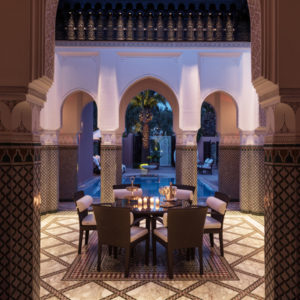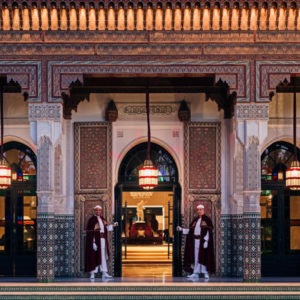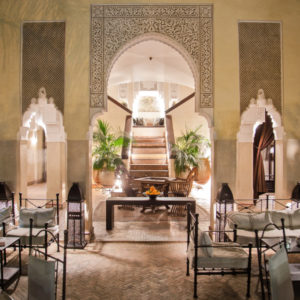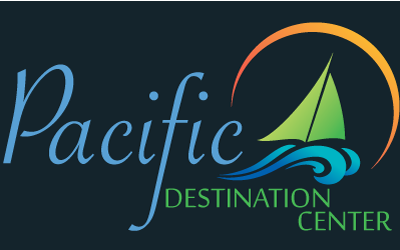Video courtesy of Visit Morocco tourism
Morocco is a North Africa country where African, Arab and European cultures are entwined. Located at the mouth of the Mediterranean Sea, Morocco is the closest point of contact to Europe for Africa as a continent. Morocco is a land of tolerance, a blend of cultures and religions, a country known for its amazing hospitality. The fascinating mixture of history, art, food, music and architecture makes Morocco an unforgettable destination.
The ever-enchanting labyrinths of bazaars and souks in the old medinas, the incredible historical monuments, the friendly people, the vast and stunning snow-capped Atlas Mountains, the never ending warm and windy Atlantic Ocean coastline, and the impressive Sahara Desert famous as a location for many Hollywood movies, are just some of the country’s natural and cultural beauties that never fail to leave a lasting impression.
If you desire a unique Moroccan experience staying at one of our preferred hotels, exclusive riads or even a mobile desert camp located in the middle of the Sahara Desert where you will be treated like royalty – A Pacific Destination Center Africa Specialist can assist you with a tailor made itinerary that will create memories of a lifetime so you can experience a stress free holiday!
Djemaa el Fna is the largest market in Morocco and the biggest square in Africa. Make sure to have a walk around the square in the evening when musicians, dancers, and story tellers fill the square. Wander around the many souks adjacent to Djemaa el Fna where you can buy everything from spices to shoes and teapots. Visit the famous Menara and Majerolle gardens or perhaps enjoy a ride on a traditional horse drawn carriage.[
While heading south towards Fes, you should definitely stop in this charming town set on the impressive Rif Mountains. Bright blue and white buildings with red tiled roofs make it a very picturesque site.
Tanger
Main attractions include the Medina, Petit Socco (market), the Museum of Moroccan Art, the Market Square, the Kasbah and a chance to wander through the Grand Socco. Make a quick stop to enjoy the gorgeous view of the Bay of Tanger. Visit the Cape Spartel (where the Mediterranean and Atlantic meet) and the Caves of Hercules, where legend says that Hercules rested after creating the Straits of Gibraltar.
Asilah
Take a look around the fishing port of Asilah, known for its old medina with whitewashed houses inside the 15th-century ramparts. For art lovers, there are numerous art galleries in the town and a festival every year.
Is a market town where the busy souks sell the produce of the rich and fertile Souss Valley. Tour the old Kasbah Quarter, where the Saadians had their palaces.
Erfoud – Erg Chebbi and the Sahara Desert
This small town on the edge of the desert is a Hollywood filmmaker’s dream and indeed many movies were filmed here amidst the dormant volcanoes and endless dunes. Here, a unique desert camp awaits you. Positioned between the dunes and with nobody around for miles, experience the complete solitude of an exclusive desert camp and enjoy the sunset behind the vast desert plains.
Ouarzazate
Ouarzazate is one of the main gateways for caravanners, to get a magnificent introduction to Berber Architecture visit the Kasbah Taourirt. Another close attraction and World Heritage Site is Ait Benhaddou, an ancient village that lies along the Ouarzazate River. Famous numerous movies were filmed in that site that kept intact.
Beautifully situated on the Atlantic coast about a two and half hours drive from Marrakech, with miles of unspoiled beaches, this harbor town is a hot spot among water sport fans. Especially popular are kite surfing and windsurfing. Explore the narrow paths of the charming old quarter with its blue doors and whitewashed houses. It is also home to the Gnaoua Festival of world Music. The medina is a UNESCO World Heritage Site and a fine example of a late 18th century fortified town.
Al-Jadida
Visit the Portuguese battlements and underground cistern. The area also has special ties to Hollywood as portions of Orson Welles’ “Othello” were filmed here during the 1940s.
Oualidia
Arrive at one of Morocco’s most stunning lagoons with a dramatic natural landscape as a backdrop, this charming coastal town, offers many sea activities and has a great reputation for gastronomy.
Agadir
Well known for its endless sandy beaches, and great sunshine, this is a recommended destination for Seminars, meetings and incentives. Also appropriate escape for recreation and leisure seekers.
Showing all 4 results
-
 Africa & Morocco, Europe & Russia, Morocco, Spain
Africa & Morocco, Europe & Russia, Morocco, SpainIconic Design, Opulent Riads & Boutique Hotels, Historic Paradores, Luxury Beachfront, Island & Mountain Resorts
Read more

Need Assistance?
800-227-5317 | sales@pacific-destinations.com
Tell us where and when you want to go and we’ll give your request our immediate attention! No high pressure sales, just straight talk and sound advice!

